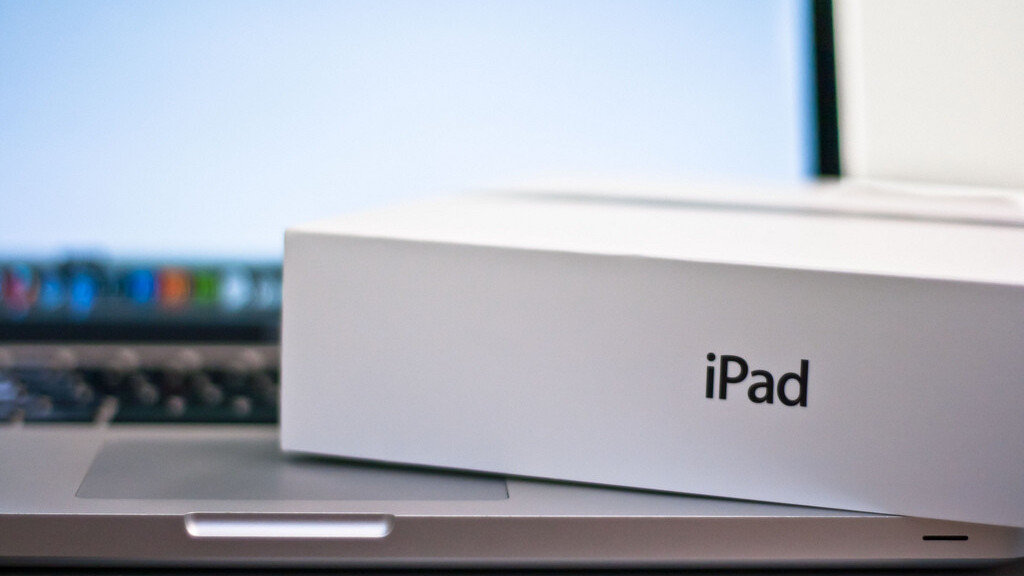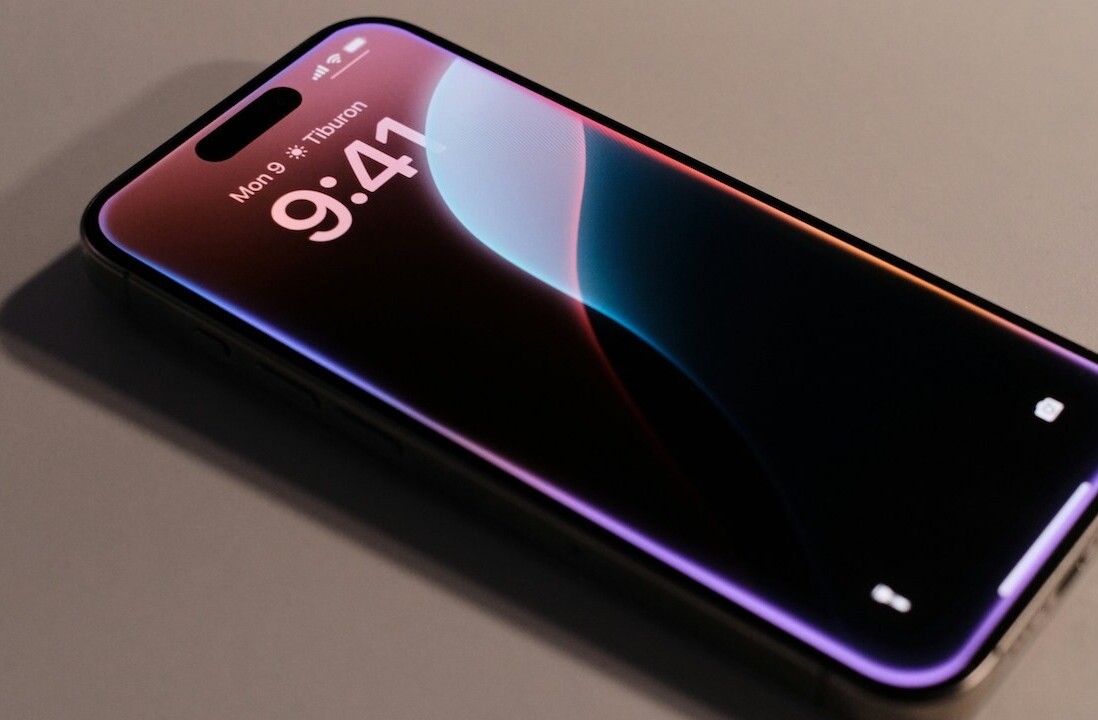
It’s high time for some competition in the tablet device space, after new data suggested that Apple holds a whopping 85 percent share of the market. That in mind, the release of Google’s Nexus 7 tablet and unveiling of Microsoft Surface are set to bring a dose of serious competition at right on time.
The indicator of Apple’s dominance comes from figures pulled together by Pingdom, using data from Statcounter that analyses Web usage from tablet devices worldwide. Even allowing for data inaccuracies, the findings are very sorry reading for the Android-powered tablet collective, RIM and others that have failed to challenge Apple in a meaningful way.
The iPad’s global market share is at a worldwide average of 85.7 percent, ahead of Android’s 13.0 percent, while BlackBerry’s PlayBook, WebOS and ‘others’ make up the remaining 1.3 percent.
Apple’s dominance varies worldwide, peaking in Oceania, Europe and North America, where the Cupertino-based firm’s three iPads account for 92.8 percent, 88.3 percent and 87.5 percent of Web usage, respectively.
Apple is unbeaten worldwide, but competition is closest in Asia
Apple sold 17 million iPads in the second quarter of 2012 and Android doesn’t beat it in any market. However, it isn’t a surprise to see that its highest level of market share comes in Asia, a continent where smartphones that run the Google-based operating system are thriving.
The closest Android comes to topping Apple is in Indonesia, where it has 44 percent to Apple’s 55.6 percent. It also enjoys a closer contest in India (iOS 66.0 percent, Android 31.9 percent) and Malaysia (iOS 62.8 percent, Android 36.8 percent).
The relatively high numbers of non-Apple products in these three markets, and others, largely comes down to pricing (where mobile devices, in particular, are not widely subsidised) and level of wealth, which is comparatively lower than Western markets. While the strength of Apple’s brand association with tablets and the lack of a standout Android product are also likely big factors.
Android grows, but still trails massively
Despite being well behind, Android has made some progress and its market share has risen 2.1 percent from November, during which time Apple’s declined by 2.2 percent. However, as Pingdom points out, the figures are relative, and sales continue to grow for both companies, albeit at a faster rate for Android.
Interestingly, Korea — the home of flagship Android partner LG — is dominated by the iPad (81.5 percent versus 18.5 percent), while the Apple tablet holds a dominant 90 percent in China.
A word on BlackBerry’s PlayBook. The device accounts for just 0.97 percent of the global market. Its US share is 0.4 percent and it peaks in its home market of Canada, holding 8.5 percent.
Pricing and other details around Microsoft’s Surface remain unclear, while Google’s Nexus 7 is not yet available worldwide. Once these two products are up and running on all cylinders, it will be interesting to observe exactly how they will impact the market and affect existing players’ market shares.
Image via Flickr / JuditK
Get the TNW newsletter
Get the most important tech news in your inbox each week.





